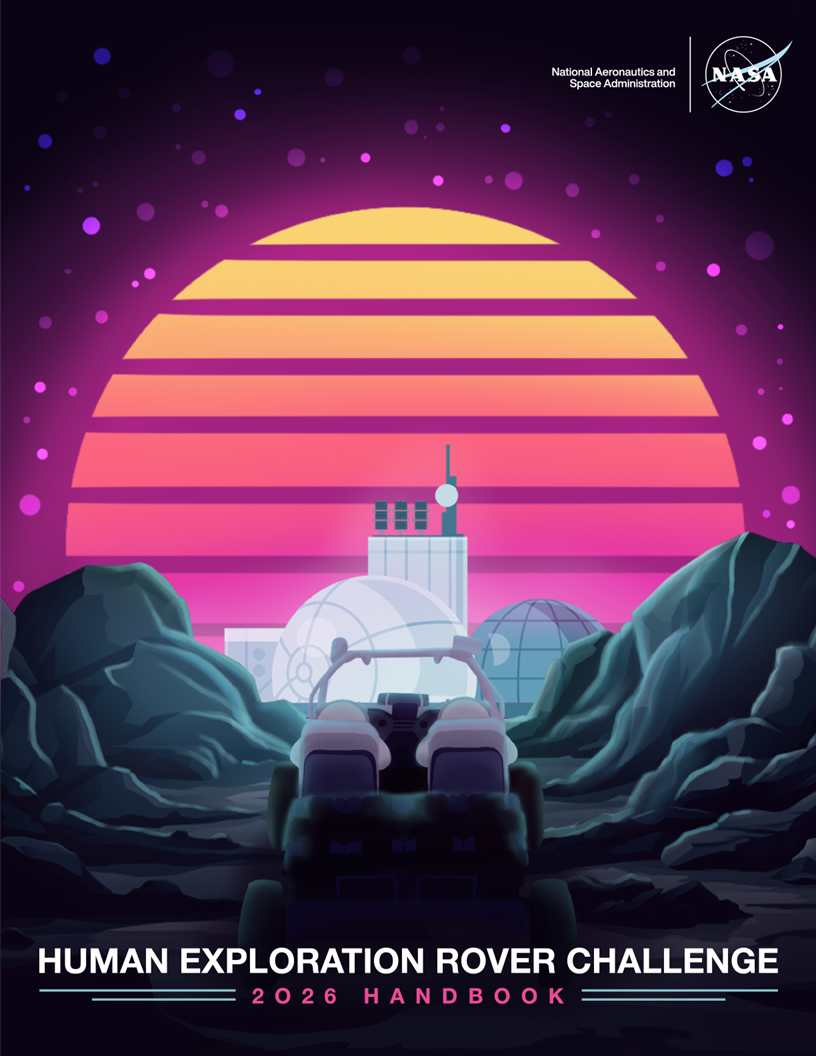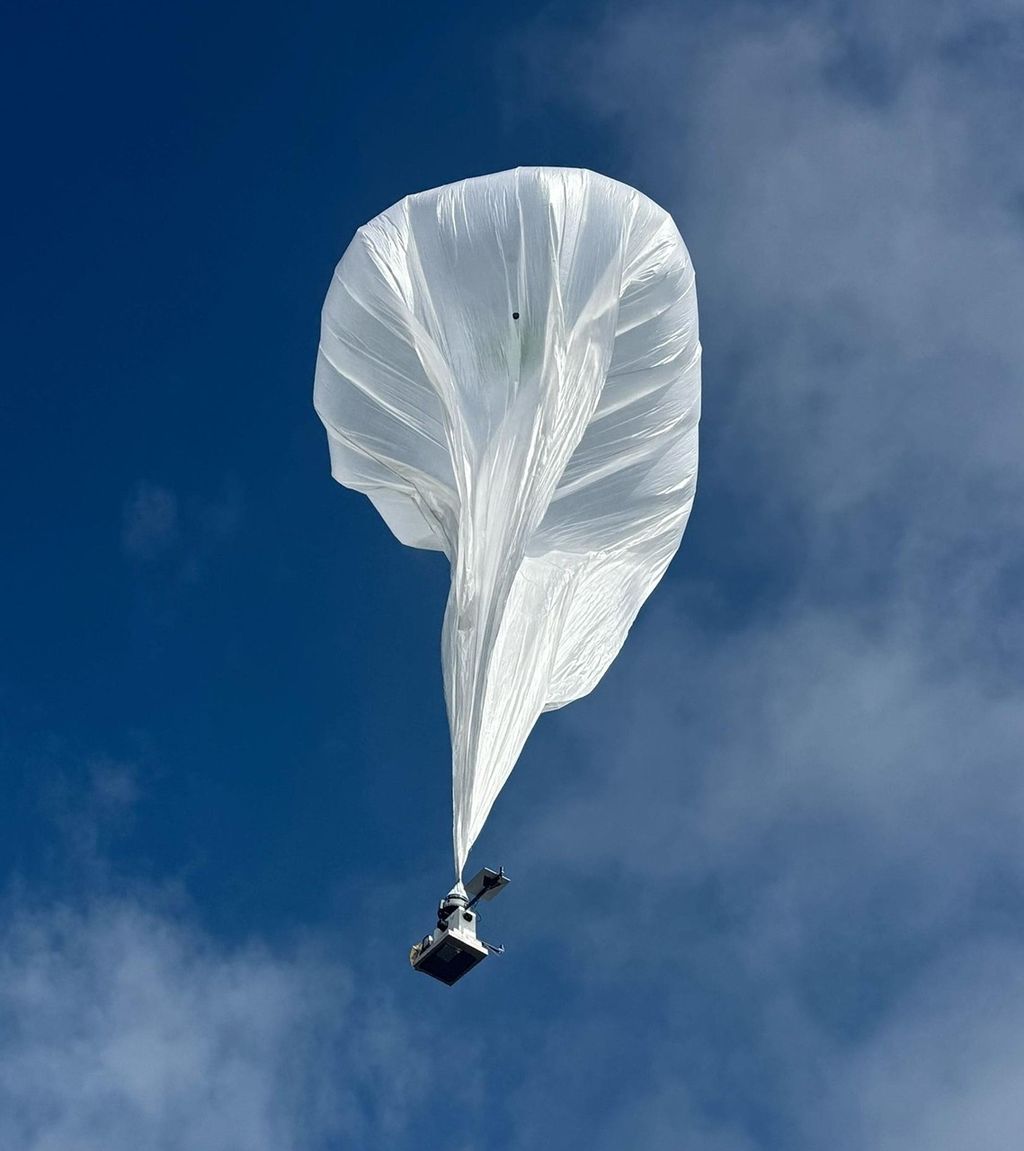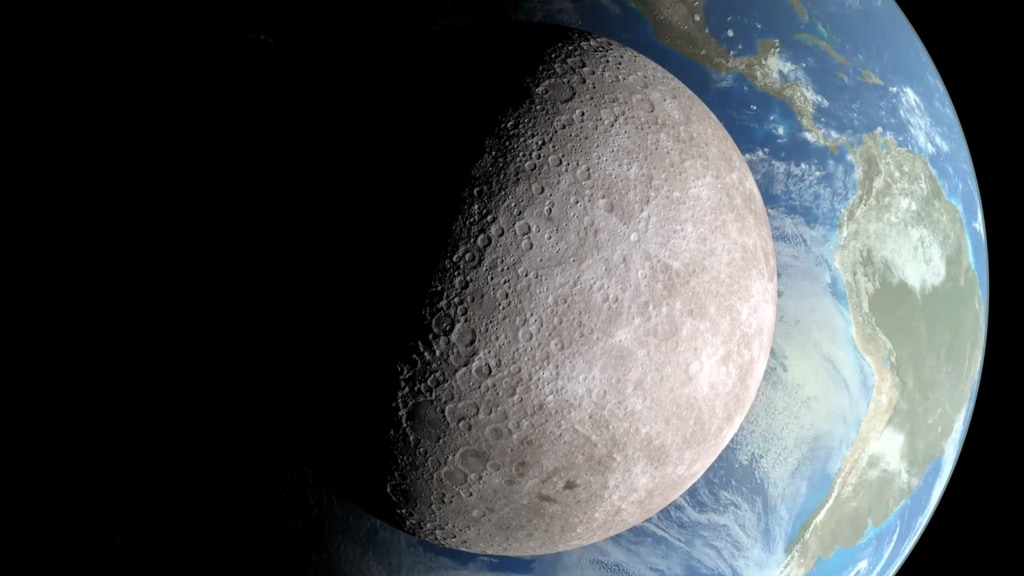
Impact History of the Earth-Moon System
The impact history of the Earth-Moon system provides a historical record of our entire solar system.
The Moon’s surface contains a complete record of the impact history of the inner solar system that stretches back to the formation of the Earth-Moon system, unlike the Earth, where rocks are recycled through plate tectonics or weathered away by fluvial and aeolian processes. Understanding the Moon’s impact history can therefore help us better understand the impact history of the Earth-Moon system and how these impacts affected our own planet.
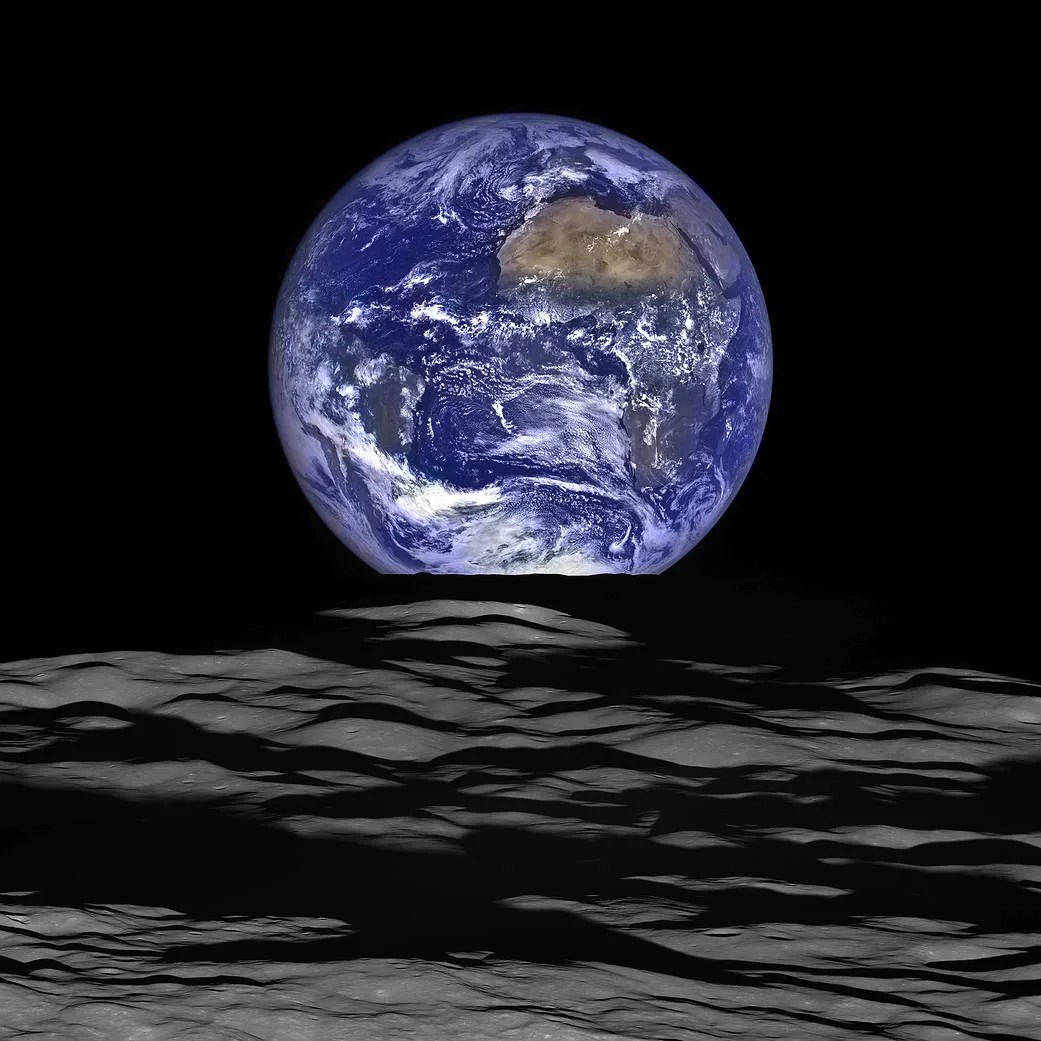
Returning samples from the giant South Pole-Aitken (SPA) Basin on the far side of the Moon will enable us to determine the age of the basin and anchor the early Earth-Moon impact-flux curve. Returned samples and studies of crater statistics indicate that the lunar impactor flux was relatively constant over the last 3 billion years but was much higher before this time period. Some models of planet formation suggest there was a “late heavy bombardment” period around 3.9 billion years (just about the time life on Earth was emerging), when the impact flux in the inner solar system was incredibly high. Dating SPA will help us better determine whether there was a spike in impacts during this time interval, and if so, how that may have affected life on Earth.







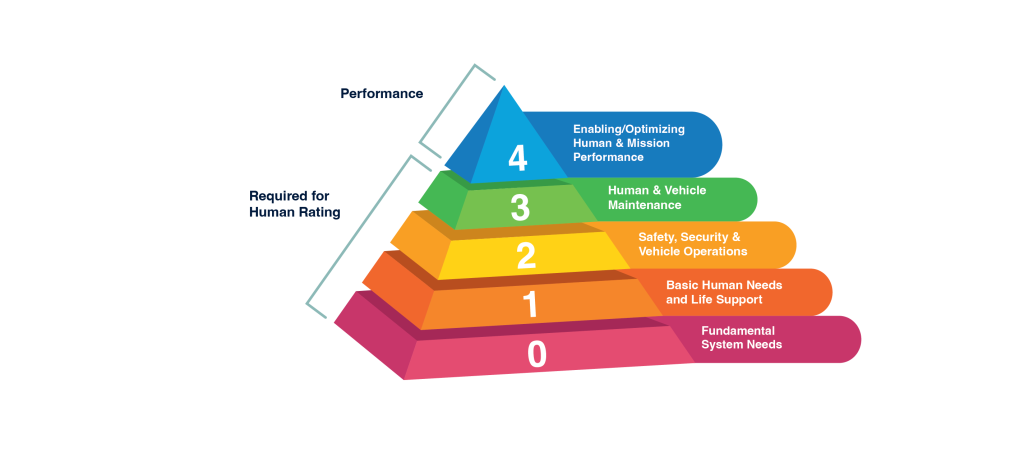


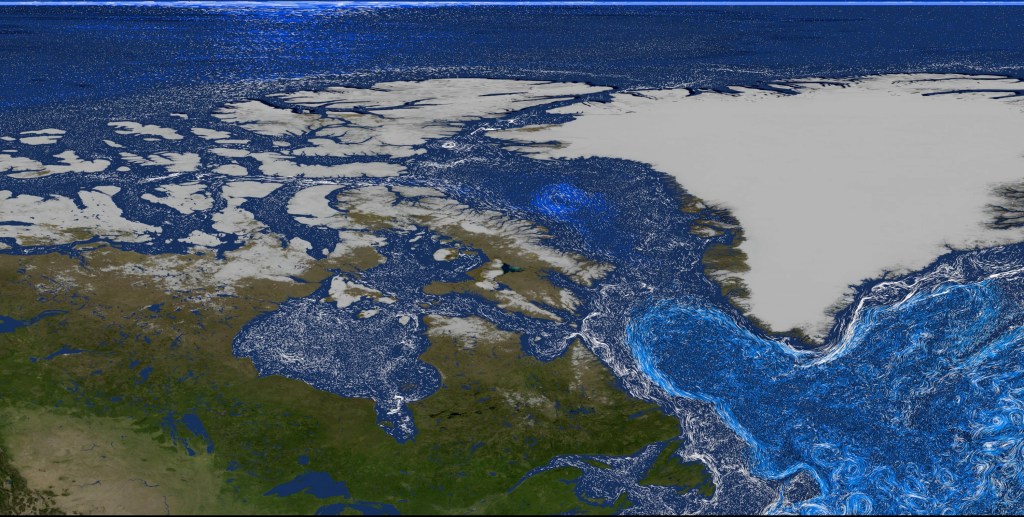
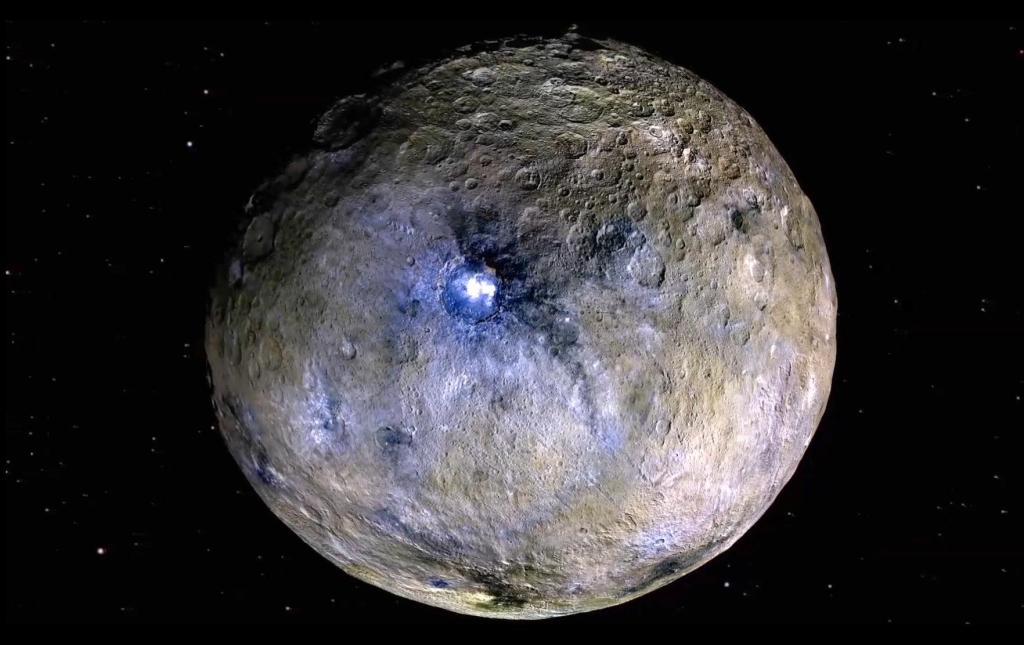


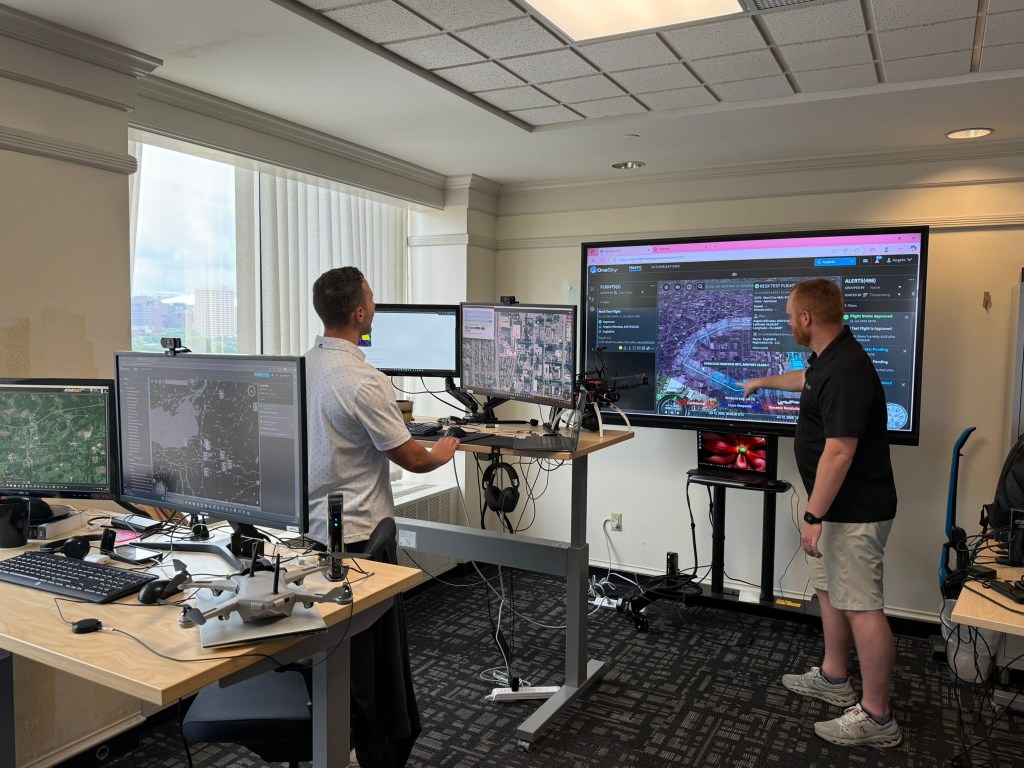






-Carolyn_Y._Ng.jpeg?w=1024)
